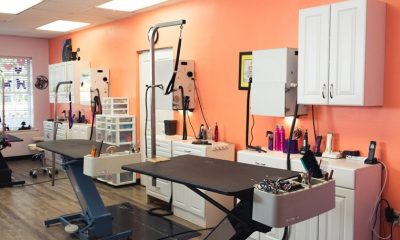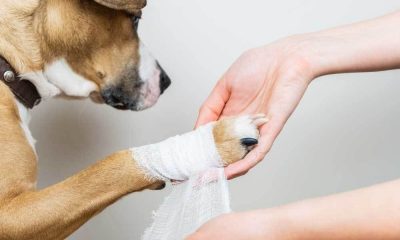One of my fondest memories as a kid was getting a model car kit for Christmas, although I completely messed it up because I was too eager to assemble it before my dad woke up. Luckily, my dad got me a new one the day after and we sat down and did the assembly together, and it made for some quality father-son time. So if you’re looking to spend some father and son time with your kid, let me tell you, there aren’t many things that beat assembling plastic model car kits.
Besides being fun to do, plastic model car kits can teach feats of mechanical engineering, different types of famous super cars, and DIY basics. All of these can be invaluable skills to a young man, and the joy of having them complete is immense. You can find plastic model car kits for sale that are small and less detailed for beginners, and large, more complex designs for avid hobbyists. In my personal opinion, finding something that’s a bit challenging (so that you can have fun and lend a helping hand as well) is the ideal middle-ground.
There are several skill levels when it comes to model kits. Typically, they’re categorised between 1 (being the easiest/entry level) and 6 (being the most complex/meant for expert hobbyists). The first three levels are appropriate for kids of about 10 years old, and require some gluing and painting. The next three levels require some more delicate handling, a lot of attention and skill.
Most plastic model car kits for sale are scaled 1/24, which means the models are 24 times smaller than the actual size of the car they represent. Regardless, in order to assemble a plastic car model, you’ll need a few basic tools, such as: glue, scissors, side cutters, tweezers, sandpaper, cutting mat, pain brush, cocktail sticks and a flat-nosed screwdriver.
Furthermore, in order to ensure the assembling process goes as smoothly as possible, it’s recommended you follow a couple of basic guidelines:
-
Work on a well-lit, large, flat surface;
-
Follow safety procedures when using cutting mats;
-
Don’t use too much glue;
-
Have paintbrushes in multiple sizes, for details and surface painting;
-
A piece of sandpaper to smooth out imperfections;
-
Use a sharp knife to separate the parts from the plastic sprues.
The most important part is to have fun! Even if you make dumb mistakes, it’s important to learn from them and you’ll get the next model right.












You must be logged in to post a comment Login